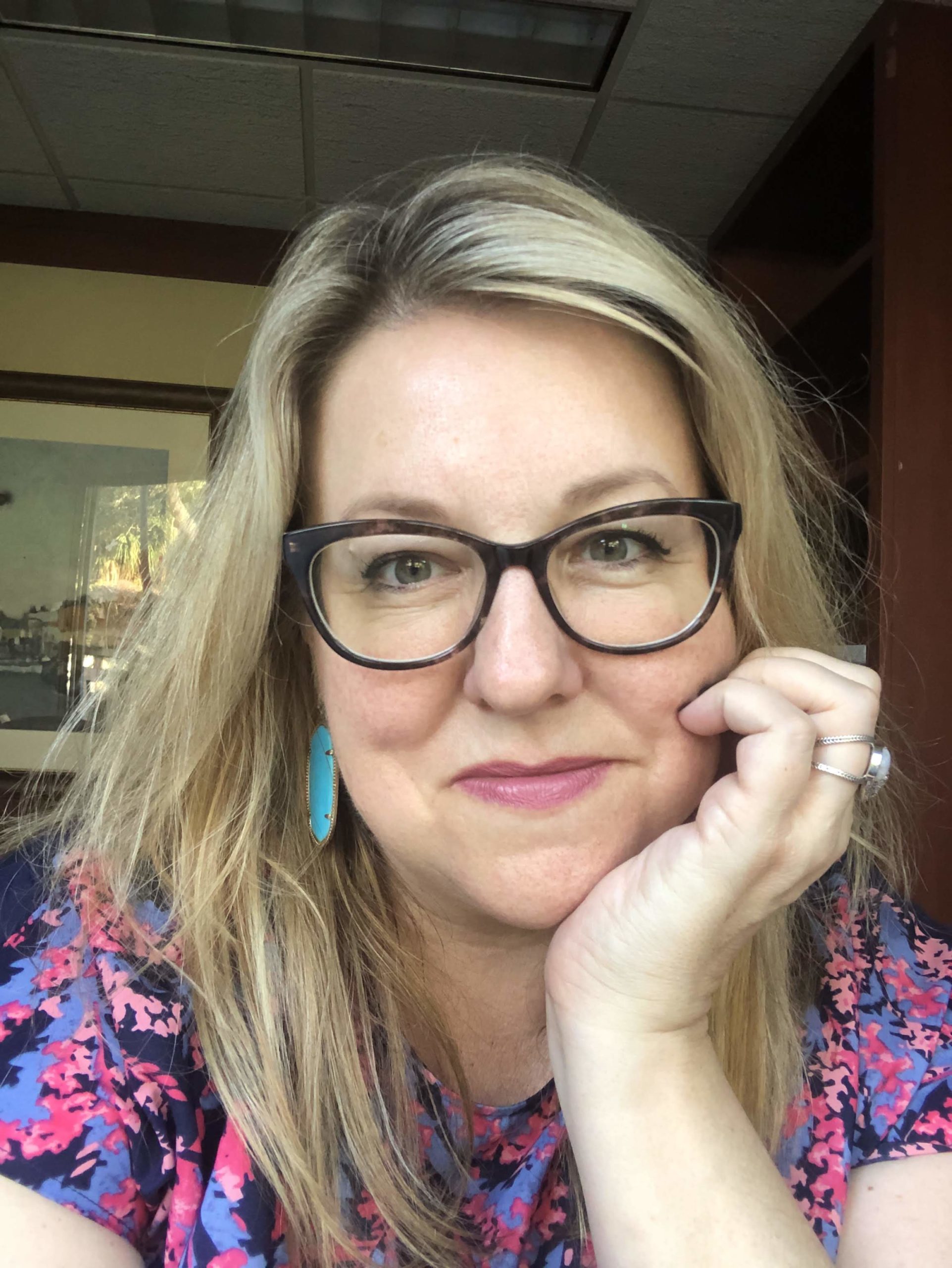Alma Matters is a Poynter newsletter designed to provide ideas, news and insight to those in the journalism education community. Subscribe here to get Alma Matters delivered to you.
Hey, week two, and you’re still with me! I appreciate it. I’d love to hear specific feedback about this newsletter that’s helpful — what do you want to see more of, specifically, and less of, as well? I’m at ballen@poynter.org and DMs on Twitter are open @barbara_allen_.
What action looks like
I’m struck this week by the vulnerability shown by our colleagues of color as they — once again — ask us to truly listen to their pain and to take action if we claim to be allies. Some examples of that vulnerability:
- Black Journalists and Covering the Storm That Never Passes (The Root)
- 8 Journalists on Reporting While Black, With the Weight of History on Their Shoulders (Glamour)
- ‘I remember you crying’: The Athletic staffers discuss experiencing racism
- American Diary: To be Black and a journalist at this moment (AP)
- Dear newsroom managers, journalists of color can’t do all the work (Poynter)
Journalists claim to give a voice to the voiceless.
Reading these pieces, it’s clear we have simply failed.
We’ve known for years that there aren’t enough people of color in newsrooms in this country to help us improve our reporting and tell truer stories about our communities.
But has it ever occurred to you how you could personally impact that?
Professors and advisers can — and often do — change the course of students’ lives with mentorship, connections and opportunities like internships and jobs.
But have you, as a journalism educator, especially if you are white, made a specific commitment to make sure you’re shepherding students of color?
Do you make a conscious effort to be friendly and engaging to every single student? Are you aware that someone could be facing (for the umpteenth time in their lives) the prospect of being the only Black student in the class, or the only Asian kid in the meeting?
Have you taken it upon yourself to check in on students present, past and even future to see how they are doing amidst this great national upheaval?
Do you have campus chapters for students who are journalists of color like NABJ, AAJA, NAHJ and NAJA? If so, have you checked in with them lately to see if they need any administrative advice or support? If not, have you talked to students about helping them find such a group? (And all of these organizations are open to anyone who supports their mission, so you have no excuse to avoid involvement if you’re not Black, Asian, Hispanic or Native.)
If the answer is no to any of the above, it’s time to get serious about your role and ability to affect change among young people. It’s time to stop thinking, “Who would be good for this internship?” and start thinking, “How can I use my connections to ensure my students of color are getting great opportunities?”
But what do I say?
In this space in the future, I’ll offer suggestions for how to incorporate the events of the last weeks into classroom teaching and student news organizations.
But this is the week to practice empathy, not lesson-planning.
Here are some suggestions and resources that I’ve culled for checking in with Black colleagues, students and other people of color. If you manage a student newsroom, please consider talking to your White editors about how they might have these conversations with the students they manage.
- My friend and coworker Doris Truong, Poynter’s director of training and diversity, said she tries to consider thoughtful language before speaking, asking sincerely how someone is, then following up with a “How are you really?” Then she commits to listening.
- In this video package, Black journalists at a local station in Kentucky urge their colleagues and fellow citizens to talk about race. Multimedia reporter Shamarria Morrison’s advice: “Many Black Americans that you care about aren’t OK either right now. Businesses, newsrooms: Sit down with your staff and talk to them.”
- Career and leadership coach Kimberly Cummings says in a piece for CNBC, “There’s this pressure right now to say the right thing, but honestly, there is not necessarily a right thing to say because everyone is processing the situation differently.” A simple check-in to say, “I know you could potentially be going through a really hard time right now so if you need to take a day then take a day,” could really help, she said.
- This Business Insider piece suggests a number of actions. “While you don’t need to (and probably shouldn’t) send a message to every Black person you work with… it’s worth reaching out to those with whom you work directly.” Licensed clinical counselor and professor of rehabilitation counseling at South Carolina State University David Staten suggested this phrasing: “Hey, I understand that there’s a lot going on. And I’m not sure if there’s anything that I can do, but if there is something I can do, I’ll be more than willing to extend myself or to be available to just listen.”
Further reading on advice:
- Before You Check In On Your Black Friend, Read This (Refinery29)
- What Not To Say To Your Black Colleagues Right Now (HuffPost)
- A simple idea from an editor
Finding inspiration
The National Magazine Awards were announced in May. My two favorite categories, features writing and profiles, were taken this year by Sarah A. Topol for “The Schoolteacher and the Genocide” while “Jerry’s Dirt” by Jacob Baynham took profile honors.
Of course, the Pulitzer Prize winners were named recently as well. Both of these prestigious awards give professors and curious students a lot to dig into, content-wise.
I think it’s important to share examples of great work, but it’s more important to break that work down and make it meaningful for students, who are unlikely to win a Pulitzer at 18.
Here’s a classroom/newsroom activity idea: Give your students links to both awards sites (or whatever your favorite awards are) and let them comb through to find their favorite piece. Give them a time frame, say up to five years back, or just awards given this year.
Have them report back on their favorites with two main themes: Why did this work resonate with you, and how would you go about recreating the fact-gathering process with a similar topic? The more granular and specific you can be about this last point, the more resonant the lesson will be for students.
For example, Tom French’s Angels & Demons is one of my favorite stories of all time. To attempt a similar deep dive on a murder, a student would have to start by finding a murder case they want to know more about. How might they find that? Through news articles or via their social news feed? OK, let’s say they came across someone they might want to profile — how do they find out more about what’s been written about the case? Where did the crime happen and when? Are there family members around who might be willing to talk to them? How would the student find them and make contact?
Help them begin to see the blueprint for stories, and you’ll greatly assist their critical thinking around storytelling.
Useful tool
An app to help you decipher political symbols? Yes, please. From the Columbia Journalism Review: “Researchers at the Tow Center and Columbia’s Journalism and Engineering schools have developed a tool that can help reporters decipher the symbols and acronyms used by political groups which may be helpful as they report on political actions now and during the election season.”
Reading list:
- Photographers are being called on to stop showing protesters’ faces. Should they? (From Poynter, written by our interns from the University of Kansas and Bowdoin College!)
- How Colleges Can Keep the Coronavirus Off Campus (New York Times)
- Student journalists were pepper-sprayed by police during an Ohio protest (Me!)
One last thing
CNN turned 40 on June 1. I thought your students might like to see the opening package. It’s a great opportunity to discuss how the 24-hour news cycle was born.
Barbara Allen is the director of college programming at Poynter. She can be reached at ballen@poynter.org or on Twitter, @barbara_allen_







